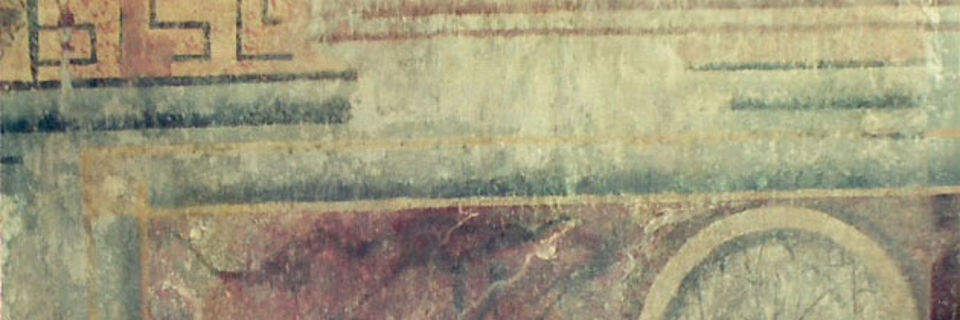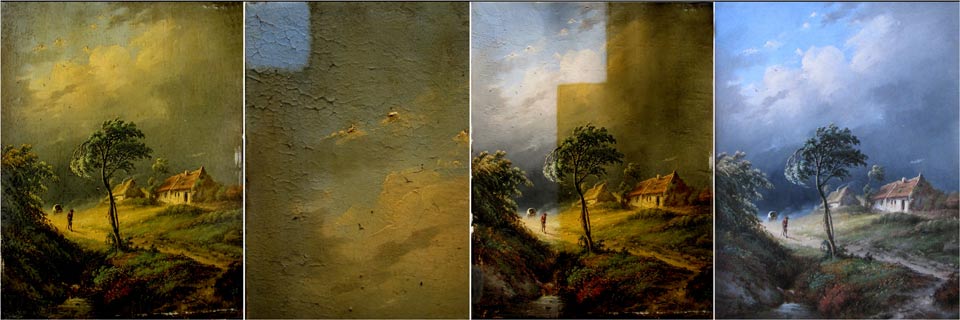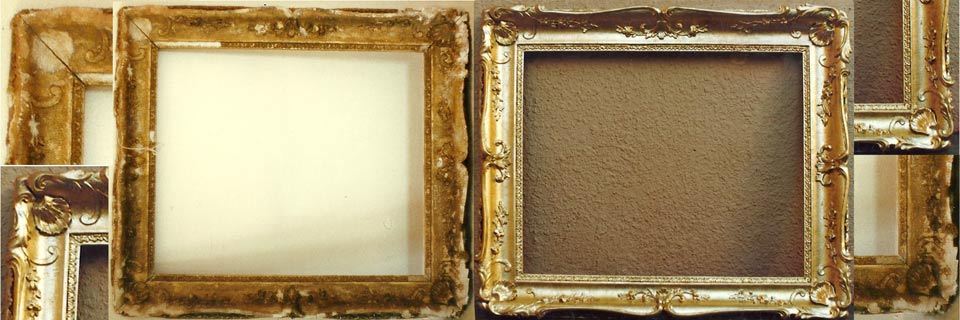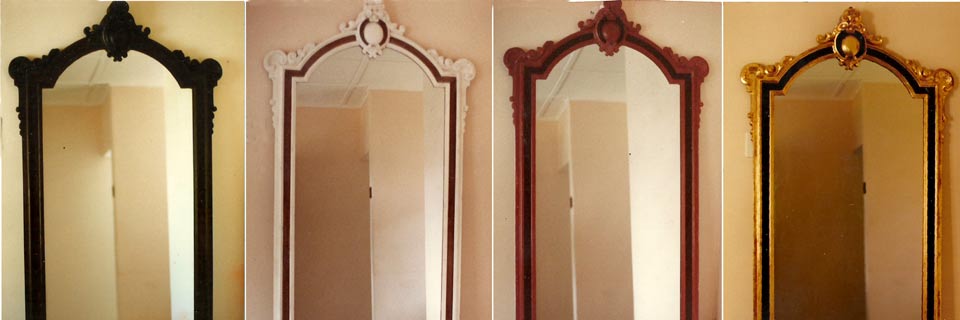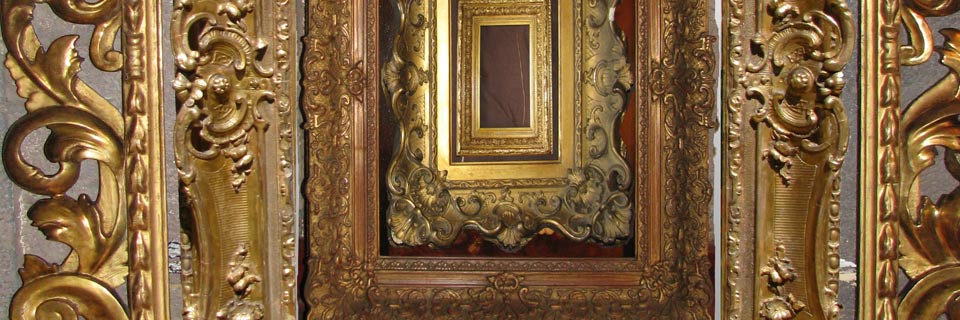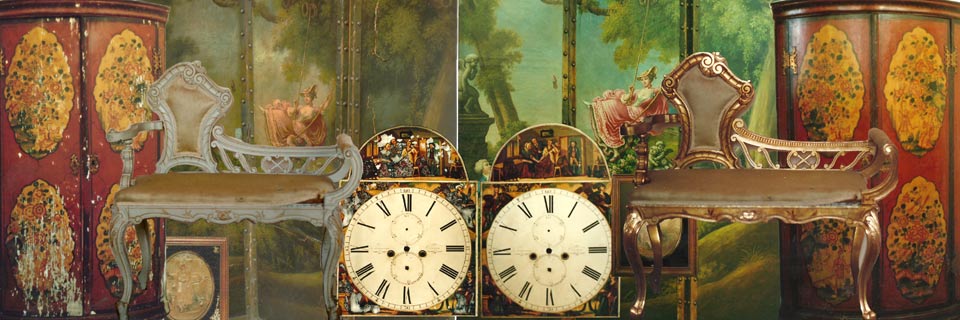 The earliest form of mural art was found in caves from the Paleolithic Era. In France, the caves at Lascaux enclose wall paintings from 15,000 B.C. In 1700 B.C. mural paintings emerged in China and could soon after be found in Korea and Japan.
The earliest form of mural art was found in caves from the Paleolithic Era. In France, the caves at Lascaux enclose wall paintings from 15,000 B.C. In 1700 B.C. mural paintings emerged in China and could soon after be found in Korea and Japan.
Egyptians painted the walls of their tombs with pictures of gods and goddesses. The Ajanta Caves in India contain mural paintings from approximately 200 B.C. that depict symbolic representations from Buddhism. During the 4th century A.D., Christians decorated their tombs with images of Christ. Finally, during the Italian Renaissance, artists like Giotto painted biblical scenes on church walls.
Classically, a mural is applied directly to a prepared surface such as a fresco. Fresco (Fresh in Italian) like that used in the Sistine Chapel is a wet plaster to which paints are added. As the paints dry, they fade slightly, but also lock into the plaster, making them longer lasting and less likely to flake or peel. Usually, a team of artists works together on a mural under the supervision of a master artist, who keeps the plans for the overall design and directs individual team members as they work on specific projects.
Although now not many follow the old techniques of painting frescoes, there are many murals to be found in the old buildings like Cape Town Castle and the wine-estates of Stellenbosch, Franschhoek and Worcester. Over the years Anastasia Alexander has been involved in many projects involving the restoration and painting of frescoes and murals. We have been honoured to work in such places as the historical Castle in Cape Town, the Kronendal in Hout Bay and on Boschendal Estate. That is why we are happy to offer our services to anyone either in possession of old murals or wanting to paint them on their walls.

"Hans Rabie"

"Sonja with a Bird"
(Detail)

